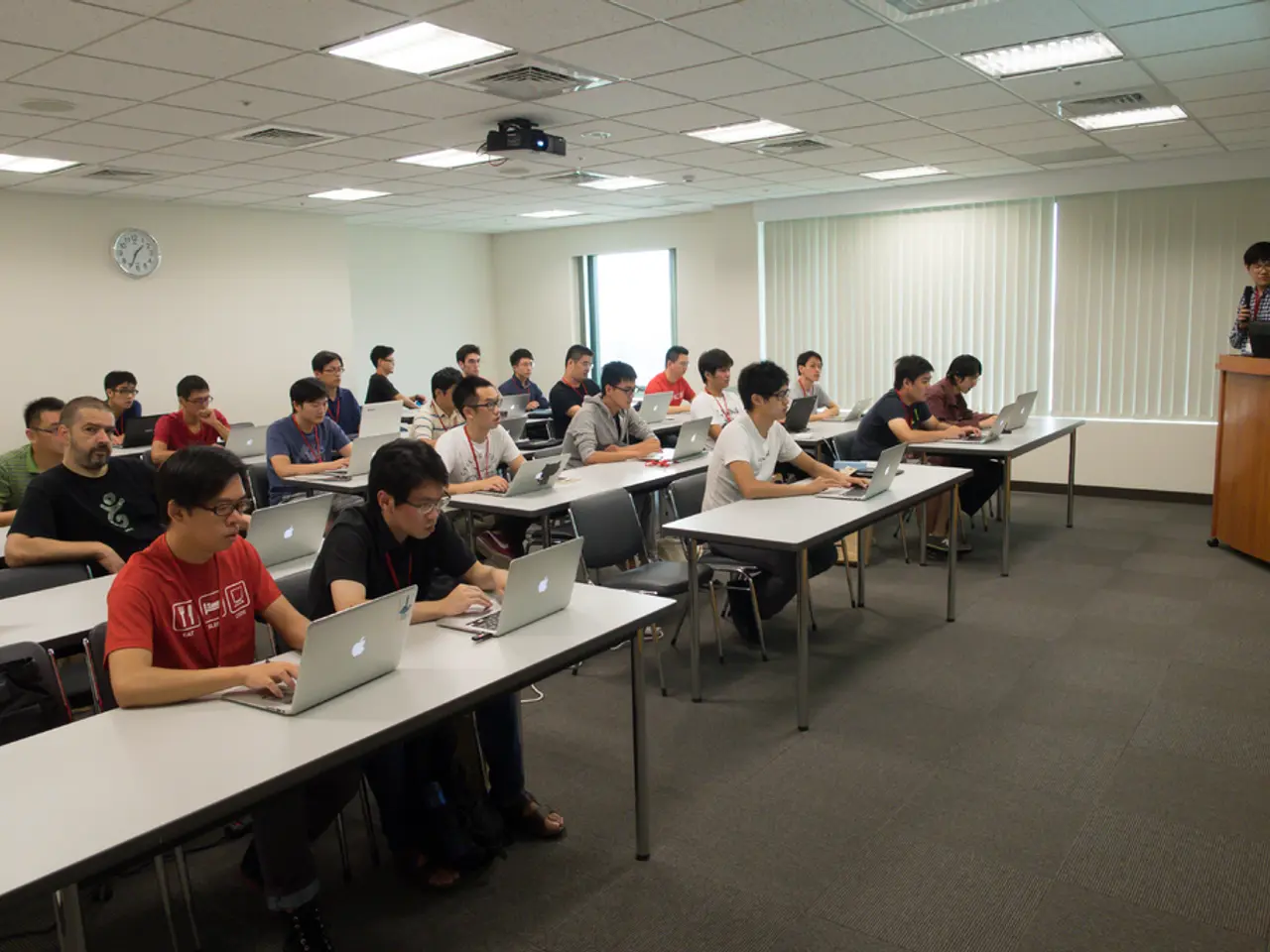Context Switching: A Work Habit That Undermines Your Efficiency and Output
In today's fast-paced work environment, context switching—the act of switching focus between unrelated tasks—can significantly hinder productivity. Here are some effective strategies to help reduce context switching and improve focus in the workplace.
Context switching can occur when one has too much or too little work to do, or when the unique requirements and processes of each job force the mind to switch gears, leading to less focus and productivity. Identifying context switch patterns is the first step in reducing context switching.
- Identify Context Switch Triggers: Recognize what causes your task switching, whether active or passive. Being aware of these allows targeted strategies to reduce disruptions.
- Block and Protect Focus Time: Schedule specific blocks for deep, uninterrupted work and communicate these to your team to minimize interruptions. Encouraging "no-meeting" hours and signaling focus time via calendar blocks or status updates helps create a shared respect for these periods.
- Replace Unnecessary Meetings with Asynchronous Updates: Minimize live status meetings that disrupt workflow by adopting async check-ins through tools like shared documents or Slack updates, allowing individuals to respond on their own time without breaking concentration.
- Manage Digital Distractions: Declutter your digital workspace by disabling nonessential notifications, consolidating browser tabs, organizing files, and using productivity tools or apps to block distracting websites and social media during focus periods.
- Use Breaks and Clear Prioritization: Start your day prioritizing important tasks, set clear boundaries to separate work modes, and build regular breaks into your schedule to maintain sustained attention.
- Leverage Tools and Techniques: Use noise-canceling headphones, Pomodoro timers, and productivity apps to support deep work sessions and maintain sustained focus.
Task batching, grouping similar work together to focus within the same context, preventing too much focus shifting between tasks, can also help reduce context switching. Time blocking, dividing the day into different sections or "time blocks," can help improve time management.
The Pomodoro technique, a time management method where time is split into 25-minute blocks followed by a short break, can also be beneficial. The Hubstaff time tracker, an app that can help with time blocking and track the time required to complete specific projects, is another useful tool.
Research by computer scientist and psychologist Gerald Weinberg concluded that each added task consumes as much as 20% to 80% of a person's productivity. By reducing context switching, one can improve project management, reduce the time required to complete tasks, eliminate attention residue, and help achieve a healthier work-life balance.
For more productivity tips, consider subscribing to the Hubstaff blog. By implementing these strategies, one can create an environment conducive to focused, productive work. Companies might also develop and enforce communication policies that respect focus periods.
- To minimize disruptions and reduce context switching, consider subscribing to the Hubstaff blog for productivity tips.
- By recognizing factors that cause task switching and adopting strategies like blocking focused time, companies and individuals can improve focus and productivity in the workplace.
- The Hubstaff time tracker, a useful tool for time blocking and project management, can help reduce context switching and improve productivity by tracking the time required to complete specific tasks.
- Employing time management techniques such as the Pomodoro method can help create a workplace environment conducive to focused, productive work, thereby promoting healthier work-life balance.




